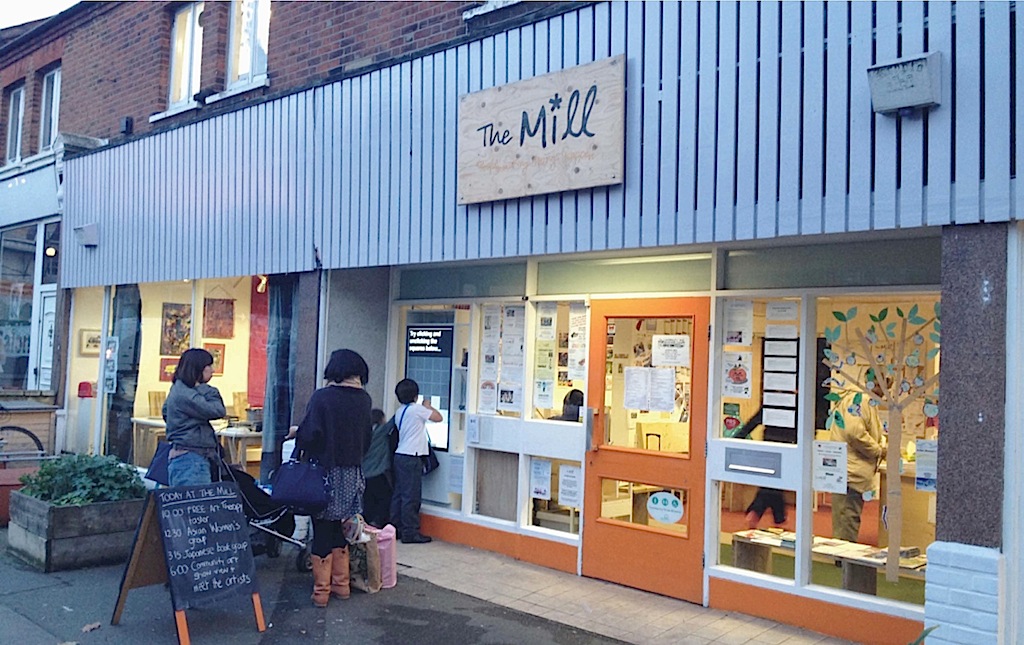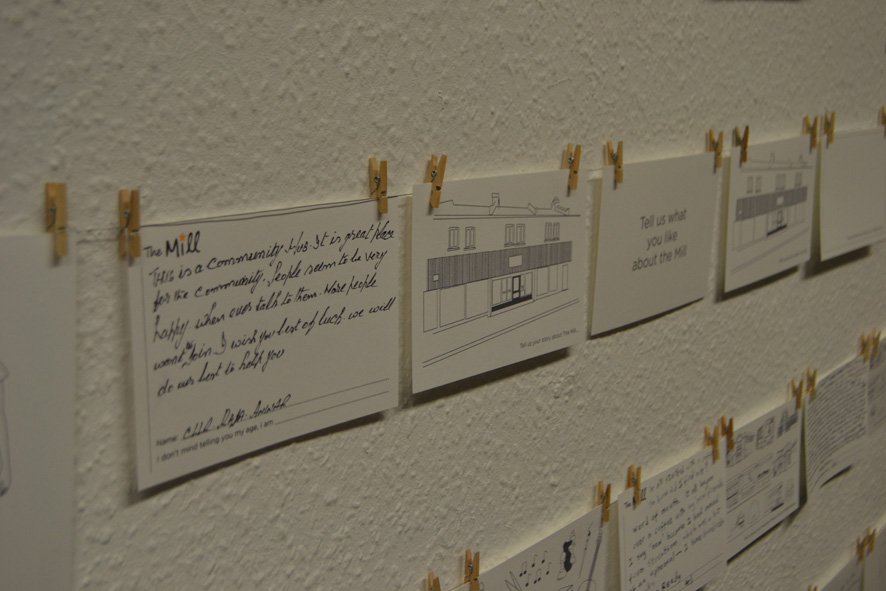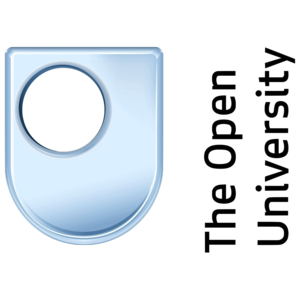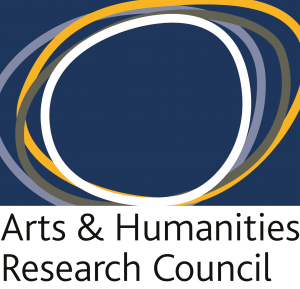Telling Stories

Telling Stories was an exhibition run over the course of six weeks at The Mill in Walthamstow. The Mill is a community centre in Walthamstow, east London. An ex-library, it was saved from demolition by local residents who now run it with the aim of providing space and resources for local creative citizens to organise groups, events and activities for adults, children and families, ranging from art exhibitions to book clubs to language classes. The Mill worked with us as a community partner on the Creative Citizens project. We worked with them to co-design and develop a collection of digital tools, called the Story Machine, that would enable them to share their stories with a wider audience.
During the Telling Stories exhibition the Story Machine was launched and series of events were run to promote and develop skills for using it. During the six week period the Story Machine was collecting and generating digital stories and photographs which were then posted to the Mill’s website. At the same time we decided to use the opportunity to run a ‘low-fi’ story collecting activity using a simple postcard format. The Mill had participated in our first asset mapping workshop and we wanted to build on the results of this workshop with a second asset mapping activity. However it did not seem appropriate or beneficial to the Mill to replicate this first workshop. In the first workshop we had 10 participants who stayed and participated over 2 and a half hours. In the Telling Stories exhibition we had the opportunity to engage with a far greater number of people over the six week duration of the exhibition. But we knew that most of these people would only
be interested in engaging for a very brief period of time.

So we developed a series of postcards each with different questions and images that encouraged people to respond with a story or picture. These questions and images were based on the categories we used in the original exercise but were more specifically focused on the participant’s relationship to the Mill, the people they have met there, the activities they are involved in and the value of the Mill to them. Questions included:
- Tell us your story about The Mill.
- Draw a new friend you have made at The Mill.
- Tell us about something you have discovered while at The Mill.
- Tell us why you like The Mill.
- Tell us how you first found out about The Mill.
- Tell us about something you have discovered at The Mill.
- Draw somewhere you like to go in Walthamstow.
The postcards were then pinned on a series of lines with clothes pins. Participants were encouraged to come up to them, choose one and take it down from the line and write and draw on it as they chose. They were then asked to pin it back up with the story they had contributed facing outwards. Over the course of the 6 weeks over 80 of these postcards were filled in and it was lovely to see the wall transition from a collection of blank postcards to a collection of colourful drawings and handwritten stories.

The activity was successful in getting a wide representation of Mill members and visitors to participate. We had contributions from local councillors, community volunteers and children to strangers who just walked in out of interest off the street. The methodology allowed people to respond in whatever way they wished. Some spent up to half an hour composing their story and illustrating it. Some just wrote a few lines in a matter of minutes. This variety meant it was interesting to look at it and people were drawn towards it to read the contributions of others.
From the Mill’s perspective they were able to collect a wide range of stories, overwhelmingly positive, about how and why people value them thus providing evidence of their impact in the local area. From a research point of view we were able to collect information relating to people’s connections and networks with The Mill. Each postcard asked people to leave their name and age which was also useful research data. The stories collected on the postcards further enriched and elaborated the data collected in the first asset map providing us with a better understanding of the Mill network and how it came into being. The Mill community enjoyed the activity and this is evident in their adoption of it in other events they have run with a similar activity used during the Fun Palace event at the end of October 2014. After the exhibition we were able to collect together the postcards, punch them and bind them as a book for them to keep in their library.

The obvious strengths of this method are that it is accessible, fun, requires little time, can access a wide group of people and is cheap to do. The weaknesses are that the potential for group interaction is reduced and there is less opportunity to discuss and debate the value of a particular asset. Instead of a group perspective you are more likely to get a personal perspective. You are also more likely to get a limited range of responses as people are not being prompted by each other to think of different things and are therefore more likely to respond with the most obvious answer. However these issues could be overcome through combining the postcard activity with a workshop with key community members. The postcard activity generates a collection of interesting assets, both tangible and intangible. These could easily be mapped out by community members with the value of each one discussed and then placed in relation to the other assets on the map highlighting the existing or potential value of that asset to the Mill.











